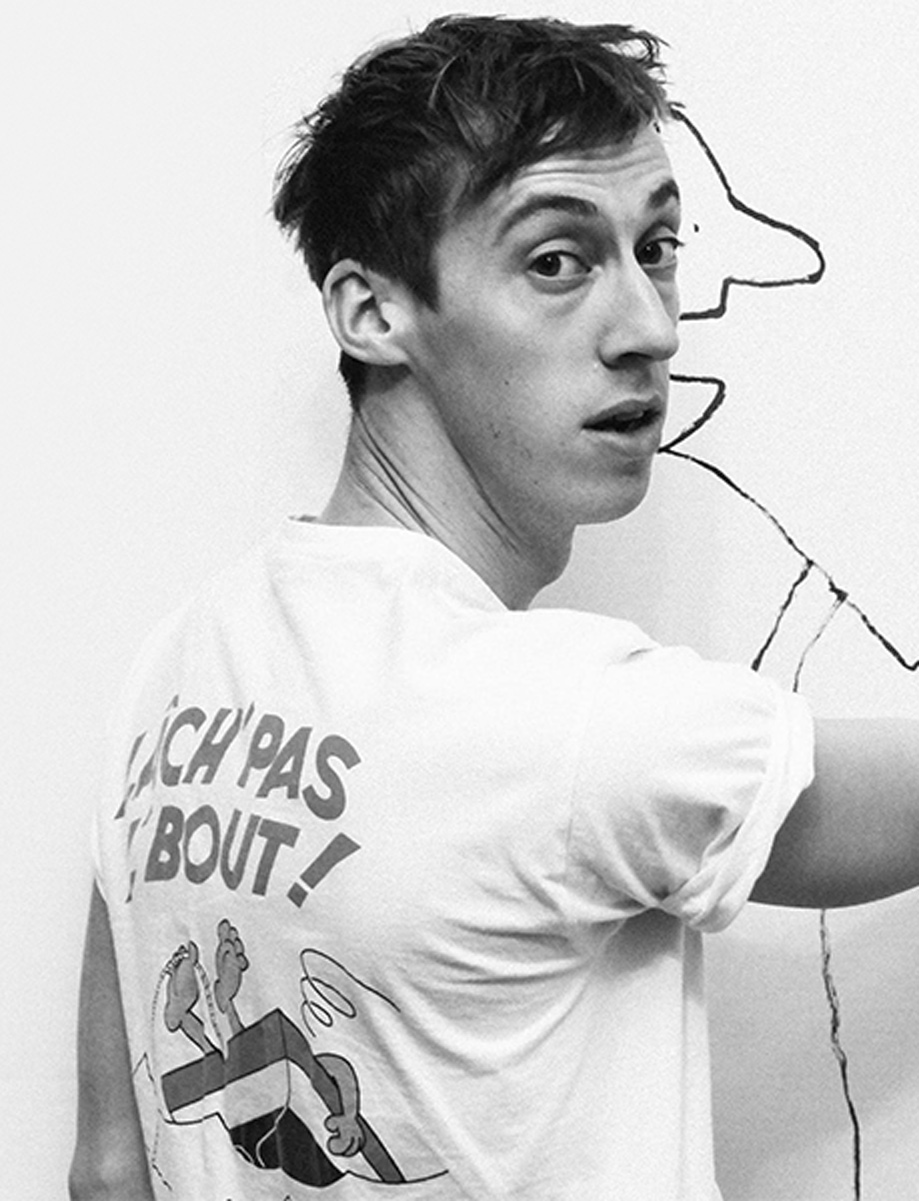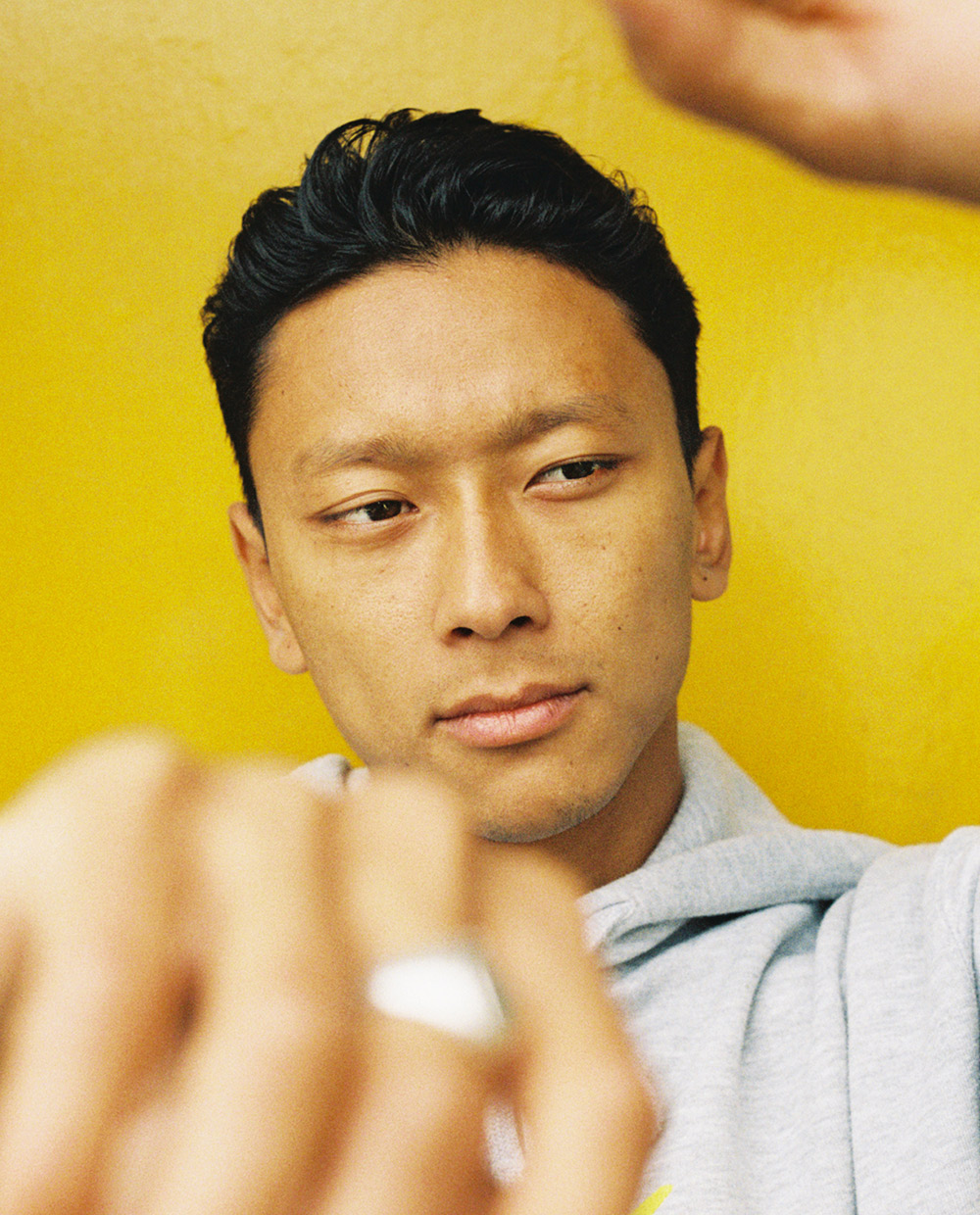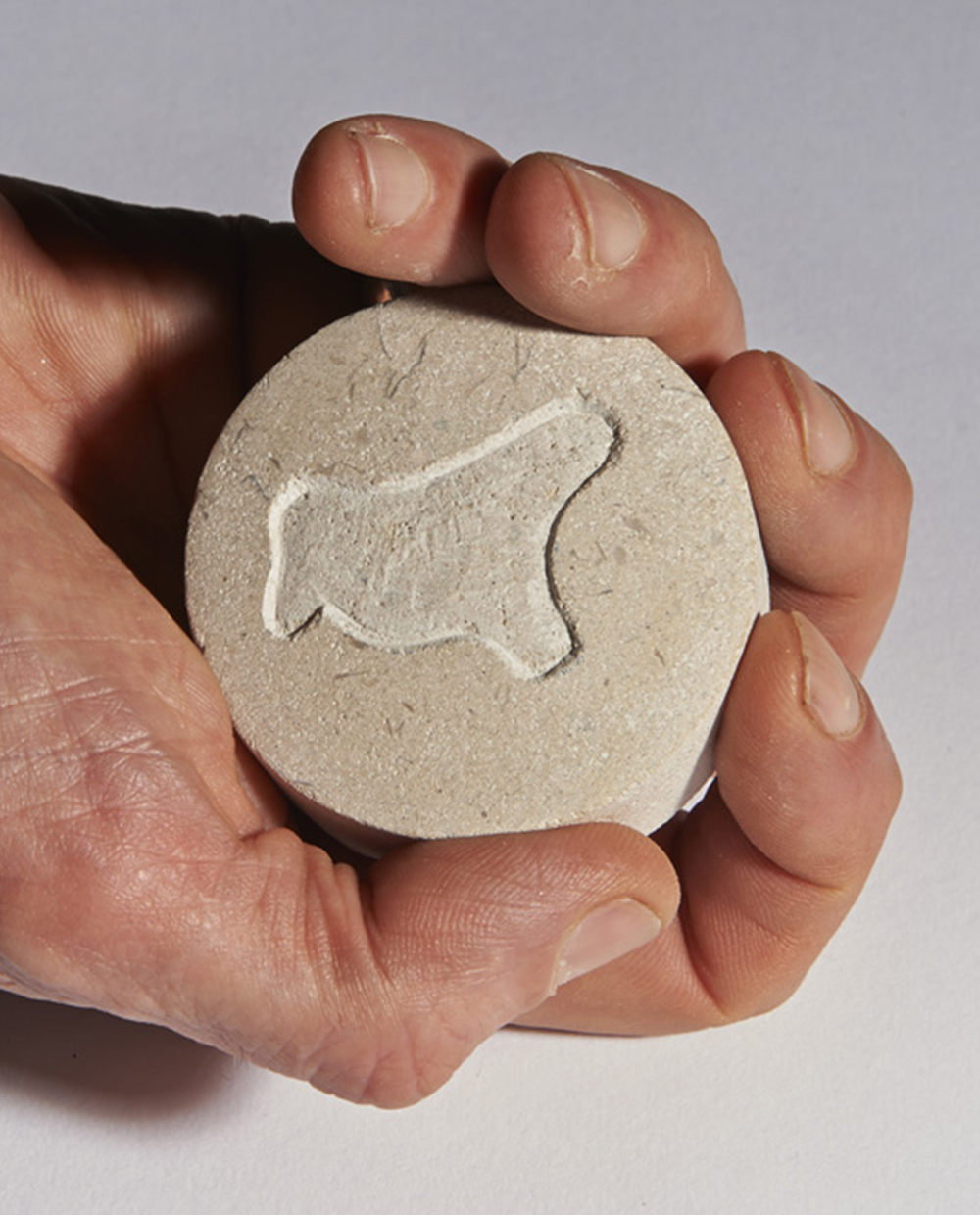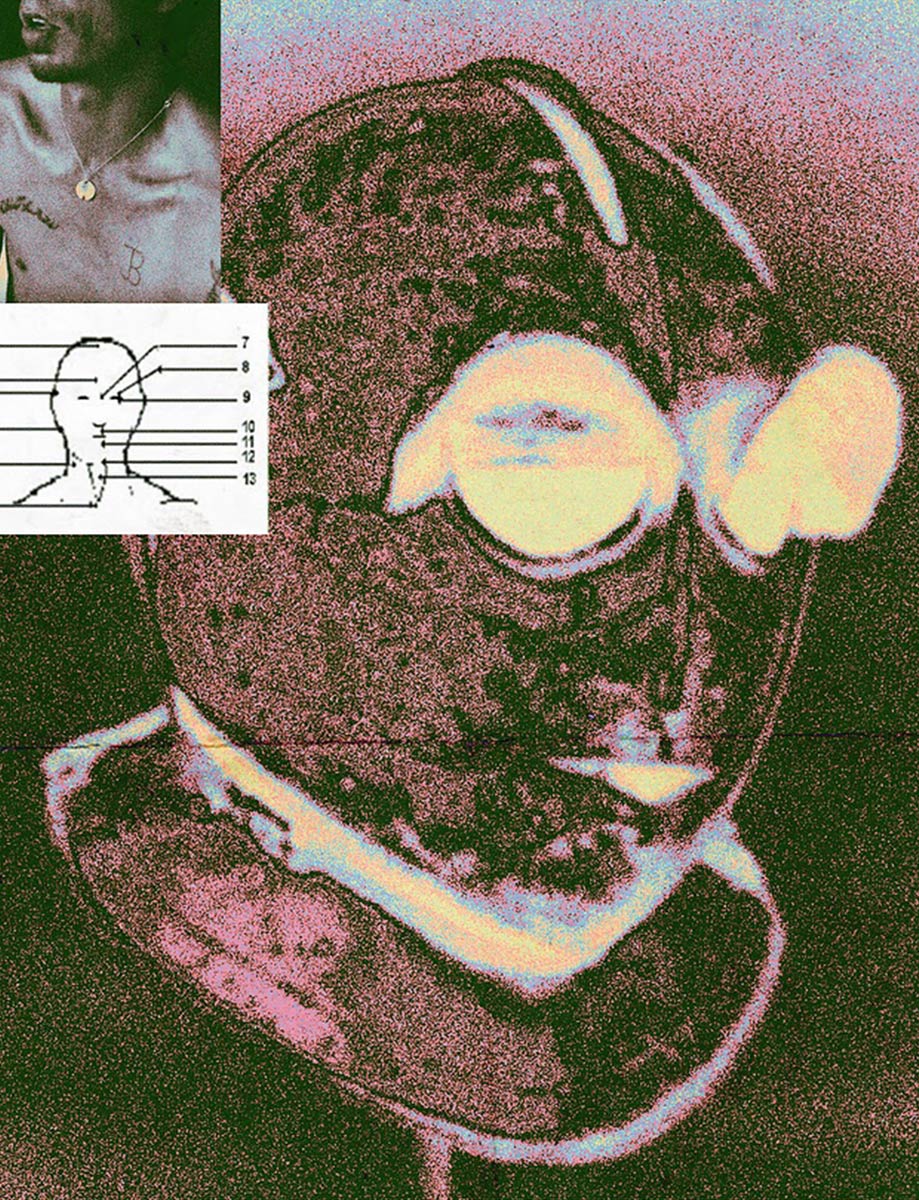Your practice spans painting, photography, video, installation and more. What was your trajectory to working across mediums like this?
l think I started working like that for two reasons. The first was out of sheer excitement and enthusiasm about trying new things. The second was acknowledging my inability to be “skilled” in anything. So rather than hit a wall and be stubborn about it, I chose to try things, embrace rawness and collaborate when I needed the help of skilled people.
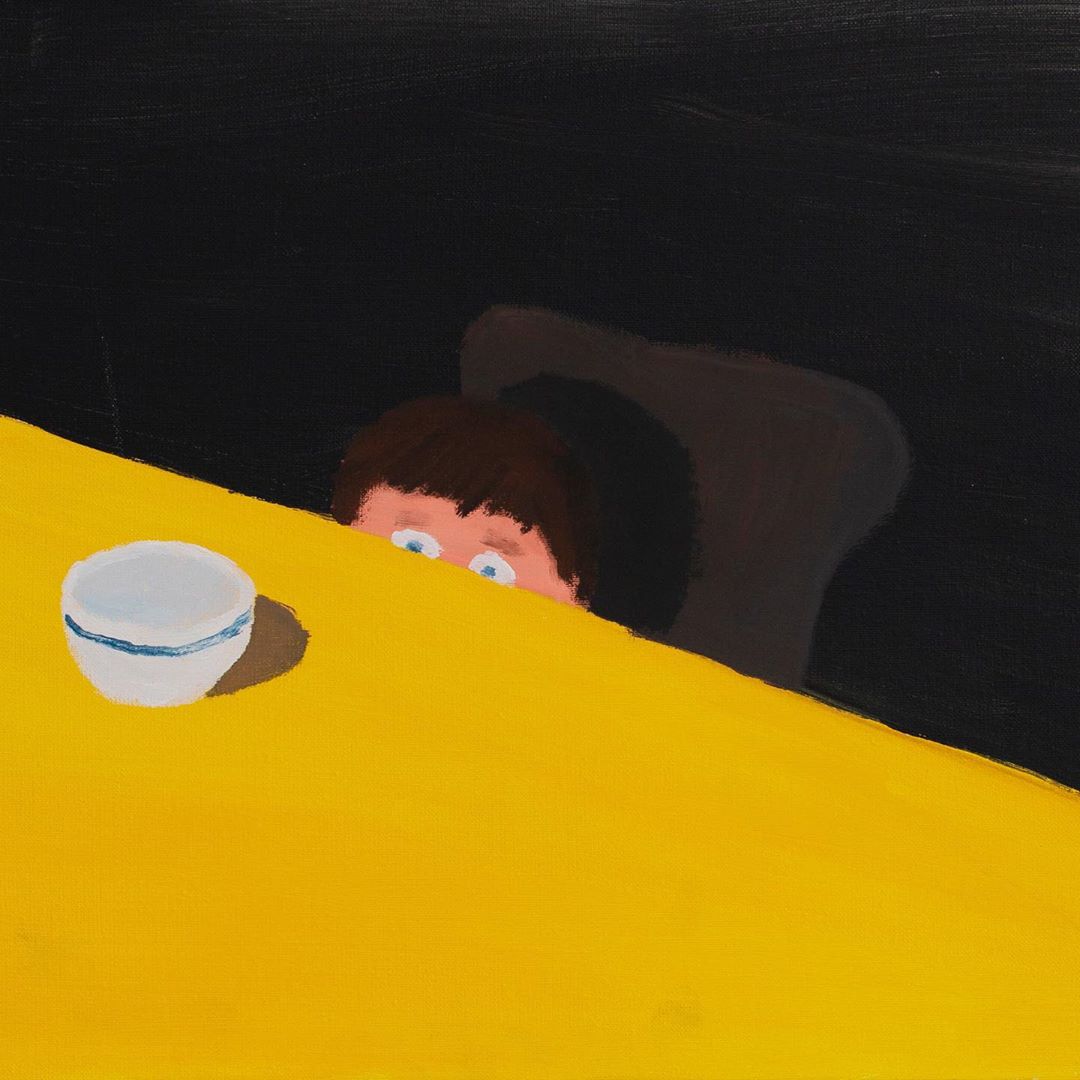
In your opinion, have the creative industries changed since you started? If so, how?
That’s a big one. I think I’ve changed, as we all do during life. You get older and your perception of things changes, hence it seems like things change–whether they actually do or not you feel some change. But yeah, I think the industry has changed and is becoming slowly but surely aware of things like social and ecological responsibility. It’s a slow process, slower than it should be, but it’s getting there.
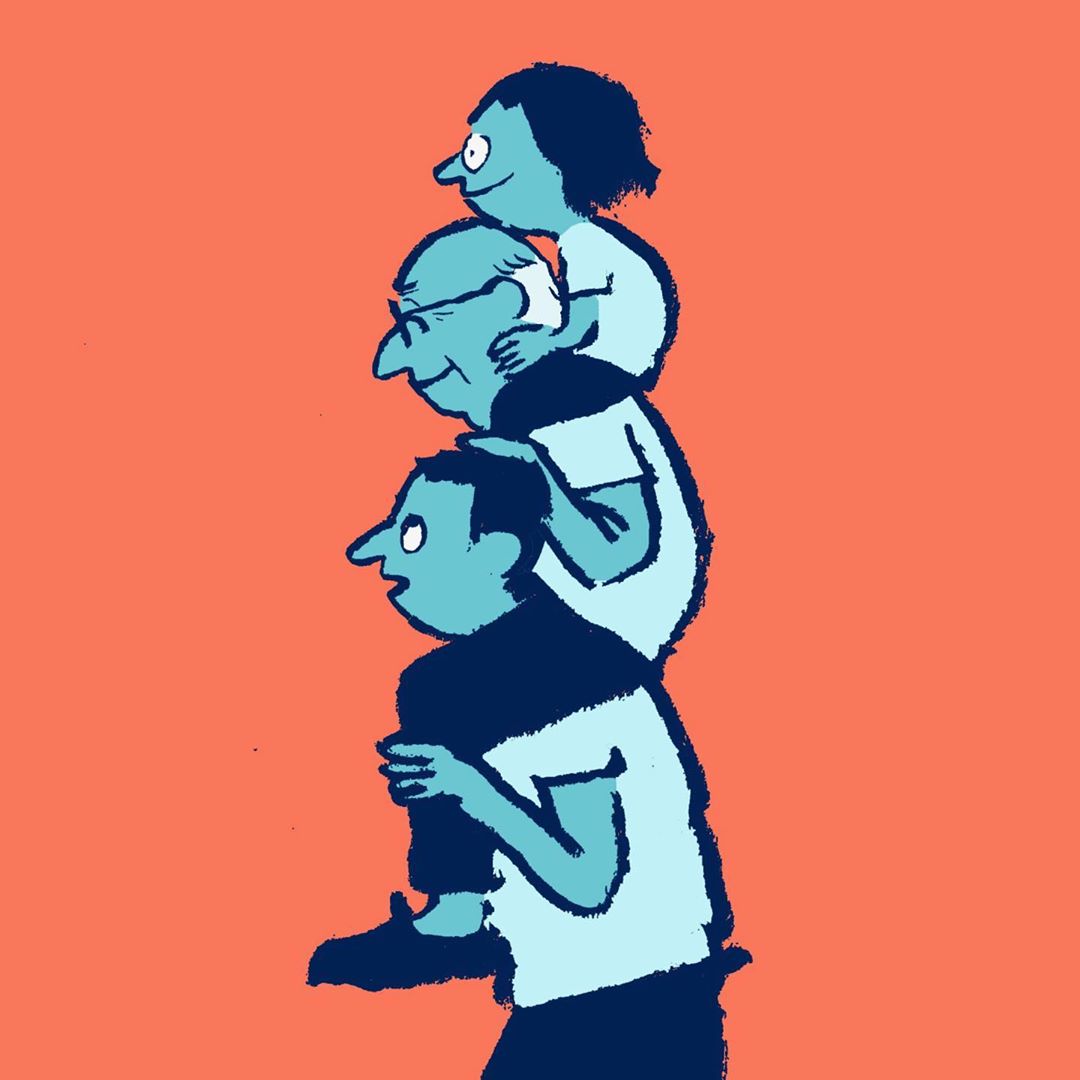
Everybody should be acknowledged
How do you choose which projects you’ll work on? What’re your criteria?
l try to do the right thing, to work on projects that don’t disagree with my ethics and opinions. But it’s difficult because opinions are strong and certain, and the reality of things can be more complex and multilayered. So, overall I try to do the right thing but not beat myself up too much when I don’t 100% manage to. I still have to feed my family after all.
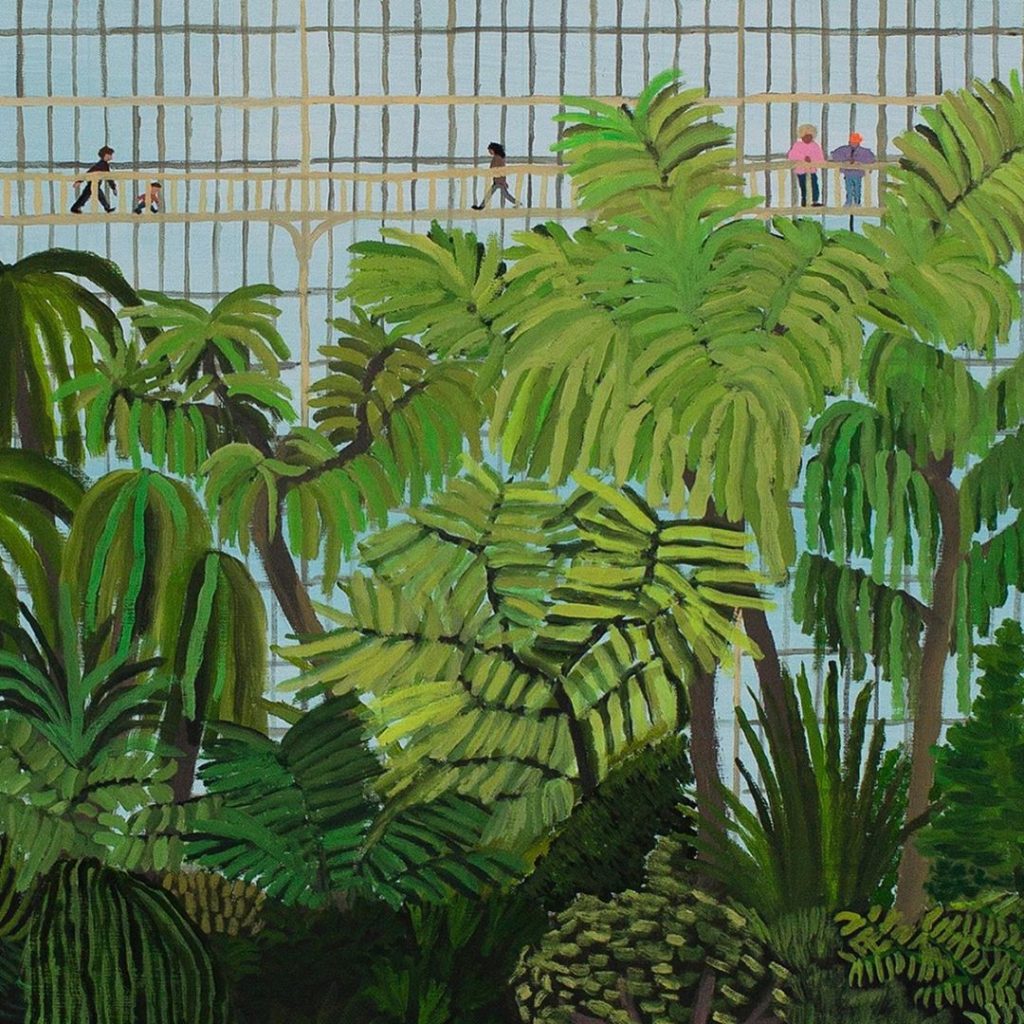
What does it mean to you to be working to the same brief alongside 50 other artists for a cause like 50/50?
l think it’s fantastic. It’s a great cause to take up the pencil for.
What does the idea of ‘Visibility’ mean to you? Why do you think it’s important?
l think Visibility is a good thing when it’s associated with acknowledgement and consideration. Everybody should be acknowledged and considered, it’s one of the keys to living together well. Accepting that we’re all different, all have different social and economic realities yet treating everyone fairly; we don’t have to all be the same, we just have to be fair. Social awareness and campaigning have highlighted certain disparities in that domain and people are getting together to change that perception, to offer visibility to those who didn’t have it until now. It’s great.
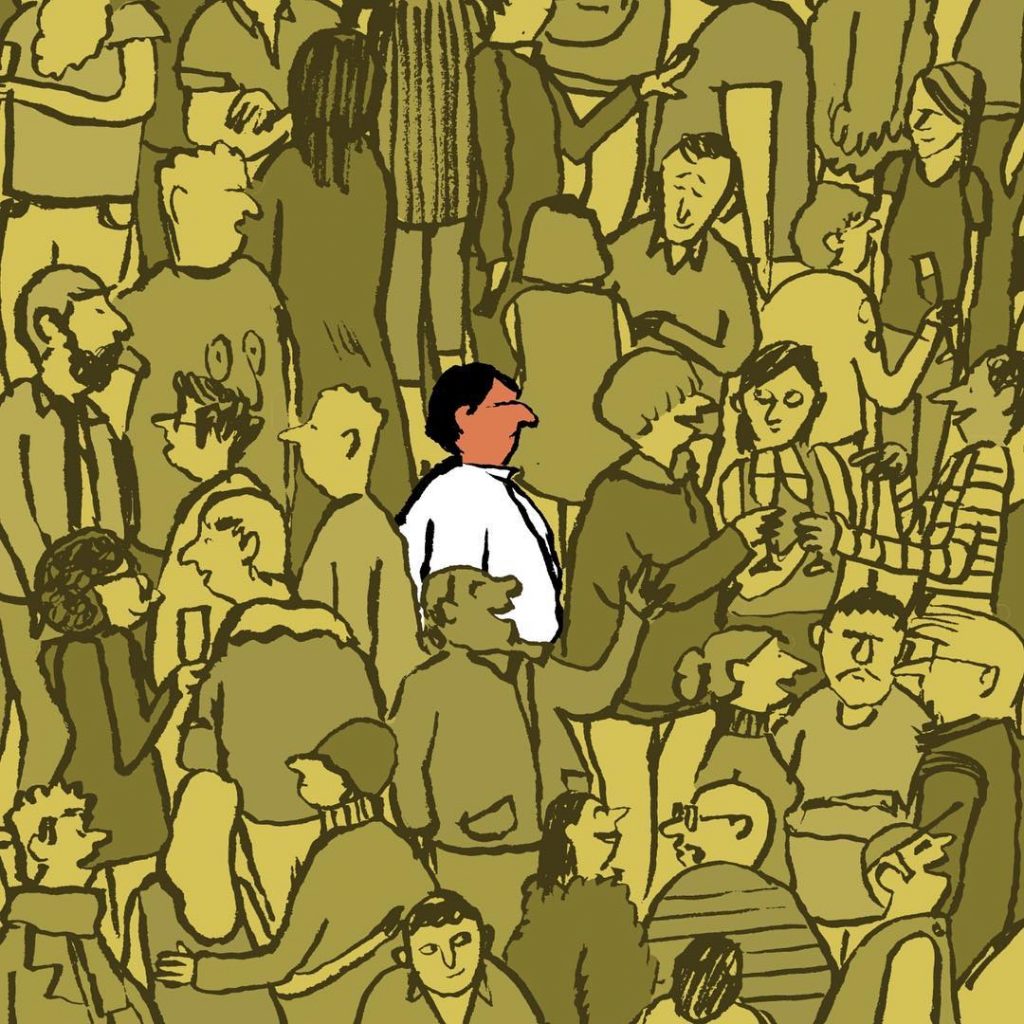
How did you explore this in your T-shirt design?
As I often do in my work, I tried to treat it lightly and with a bit of humour, while echoing a certain sense of neighbourly camaraderie to link to the theme.
How do you approach designing for physical mediums like T-shirts as opposed to digital?
l try to focus on the idea and keep in mind that certain mediums require certain things. A T-shirt needs to be able to make a certain impact, so it can work well to keep it minimal with good contrast in the composition.
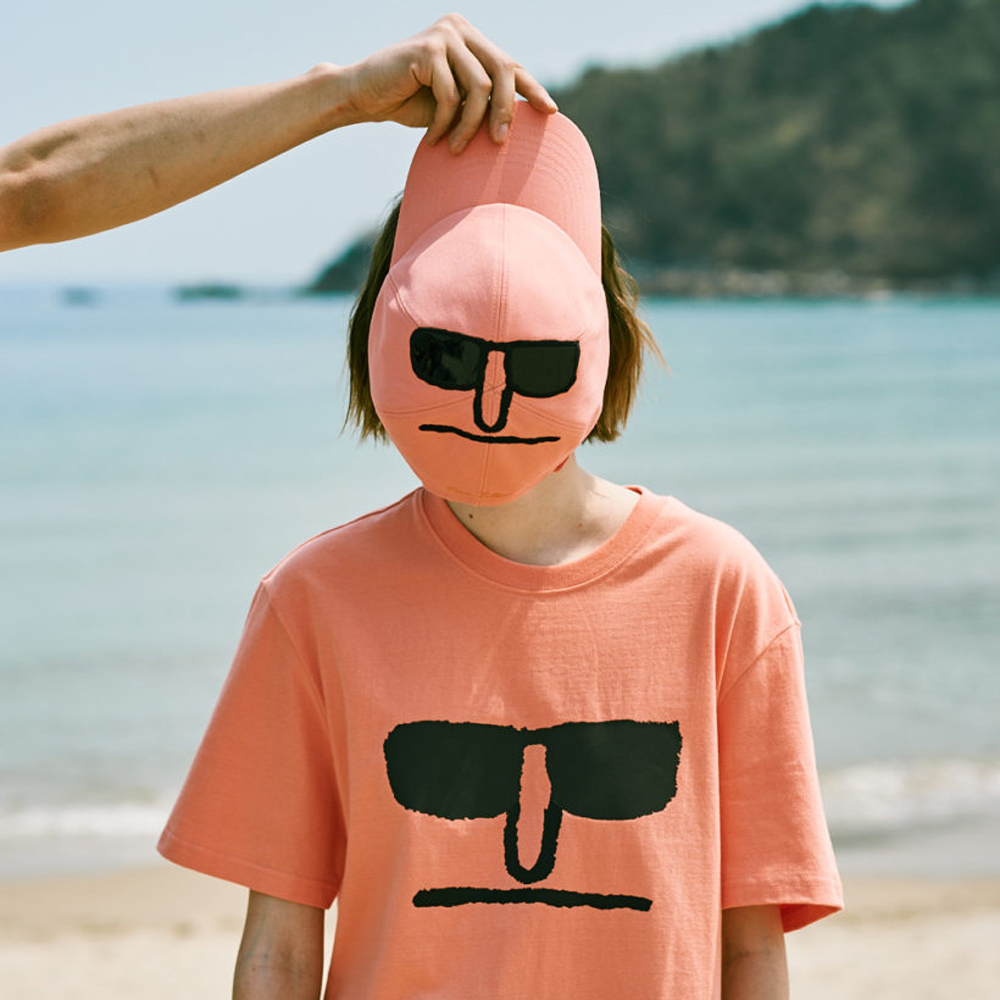
What do you see as being the biggest challenge facing young creators in 2019 and beyond?
Balancing ethics with earning a living, I think.
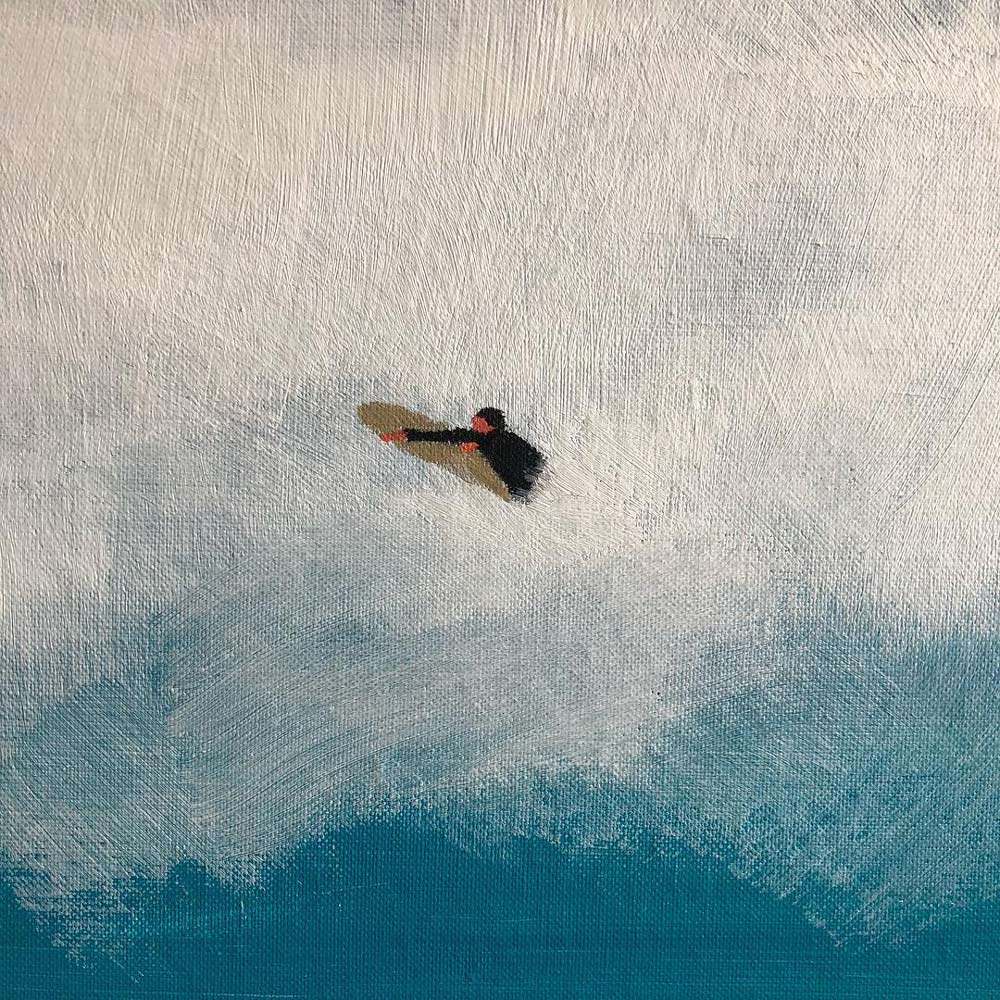
If you could go back in time to when you were first starting out, what advice would you give to yourself?
l wouldn’t because any advice would change the course of things and I’m pretty happy as it is.
Balancing ethics with earning a living is the biggest challenge

What other projects do you have on at the moment?
I’m preparing for a big show in Tokyo in October, hosted by Nanzuka, for which I’ve teamed up with Case Studyo and Beams. There’ll be quite a few surprises that I’m excited to reveal at the time. I’ve also worked on a collection for Petit Bateau that is coming out early September. There’s a new book designed by Julia, about my paintings, an animation project based on my series LineAge, a pop up café with Nounou, some big sculptures and a pop up for Galeries Lafayette and some other bits that are very exciting but that I’ll reveal as they come out.
50 artists, 50 t-shirt designs, 50% profit to artists, 50% profit to Justice4Grenfell. Shop Jean Jullien’s 50/50 T-shirt design now.



